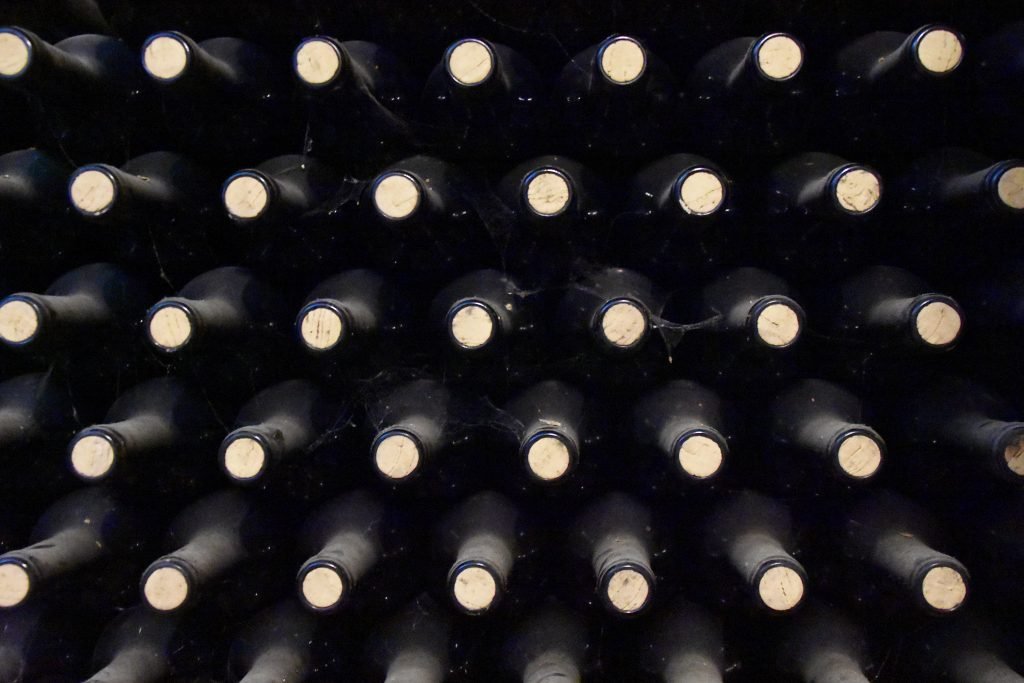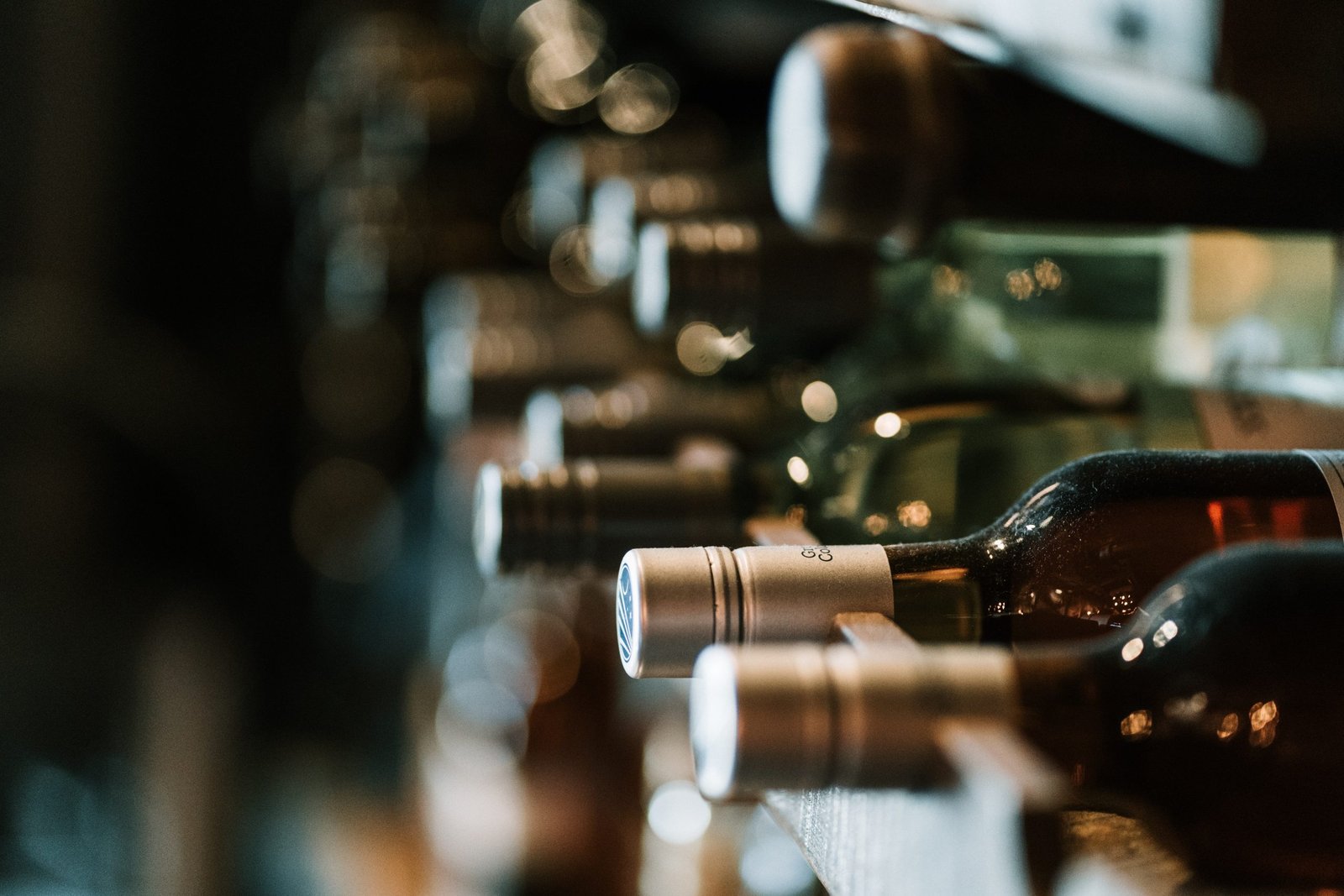The cellar noise is one of the main annoyances for those who appreciate a good wine. After all, nothing more unpleasant than the annoying noise when you want to enjoy a drink, right?
Some even say that some cellar models make a noise like Darth Vader does! In other words, we are sure that investing in compressors with a low noise level makes all the difference for consumers.
But where does this noise come from? We’ll use our expertise in acoustics and vibrations to explain why it happens, and which ones are considered normal and which aren’t.
So, if you have doubts about why your cellar makes noise, or produces components for refrigeration equipment, read until the end!

Where does the cellar noise come from?
To summarize, the noise originates mainly in the refrigeration system, considered the “heart” of climate-controlled cellars. After all, wines must be stored and consumed at specific temperatures to be fully appreciated.
In general, there are three types of cellars:
- Passive: do not use modern technologies to cool.
- Compressor cooling: a motor maintains the temperature of drinks.
- Thermoelectric: a Peltier insert allows the exchange of heat with the external environment.
Cellar models with compressor cooling are those that operate with greater cooling capacities and lower energy consumption, but may present higher noises if there is no optimization in the engineering of the equipment. The operation of the compressor, its on/off, as well as the flow of refrigerant fluid, its expansion, fans, as well as the contraction and expansion of internal components can generate noise.
Another point to be observed is the vibration of the cellar, also caused by the operation of the compressor. In some cases, this can also cause noise or even cause the bottles to crash into each other!

What are the cellar noises
Several types of noise are considered “common”, derived from the cellar’s own operation. That’s why the area of acoustics and vibration is so important in engineering, to point out improvements that ensure minimum noise.
Among some types of noises considered to be expected in a cellar:
- Metallic noise: usually radiated by the compressor housing, due to inadequate design of this and other components, such as suction filter or discharge tube.
- Compressor start/stop noise: vibrations when the engine is started and stopped are considered natural, however knocks are a design problem.
- Noise resembling “uuuuuu”: may be generated by the compressor due to improper design of internal components and fan noise.
- Noise of liquid circulating and type of air leak: they are caused by the circulation and expansion of the refrigeration gas. It is caused by incorrect sizing of the capillary tube, improper fixing of the piping, evaporators and condensers in the cellar structure.
- Crackling noise: resulting from the contraction/dilation of materials with temperature and is related to the cellar’s structural design.
Acoustic tests and numerical analyzes are some of the tools used in the industry to identify the causes and reduce noise, both caused by the operation of compressors and by the refrigeration system, in the case of the winery. This is even the basis of the NVH field – noise, vibration and harshness – or acoustics, vibrations and harshness.

Through simulations and physical tests, here at Vibroacustica, we help design compressors and other components to be quieter. Through monitoring and analysis of noise levels, advanced tests such as acoustic holography and source and path contribution (SPC) analysis, we can contribute to products that offer greater acoustic comfort to consumers.
In addition to the functioning of compressor components, there are several other variables that are taken into account in the design and development of solutions of this nature. In the case of wineries, we can highlight:
- Coolant flow noise.
- Noise and vibration generated by fans.
- Noise generated by bottle vibration.
- Analysis of the noise generated by the pipeline.
the use of noise is not the only one.
Specialists in acoustics and vibrations
Cellars are just one example of how component noise can detract from the consumer experience. But this is also valid for various types of equipment, from air conditioning, to refrigerators or cars.
Therefore, the presence of engineers specialized in acoustics and vibration is essential in the design and creation of products, to ensure that the noise level is as low as possible.
In addition to noise and vibration analysis, Vibroacustica has expertise and simulation and testing tools for thermal and structural analysis to optimize cellars. For example:
- Analysis of the temperature distribution inside the cellar.
- Ventilation effect.
- Thermodynamic analyses.
- Evaluation of the time required to reach a given temperature.
- Transport analysis.
- Structural analysis such as pipe and component fatigue.
And that’s exactly what we specialize in! Here you can check out some of our projects in these areas.




